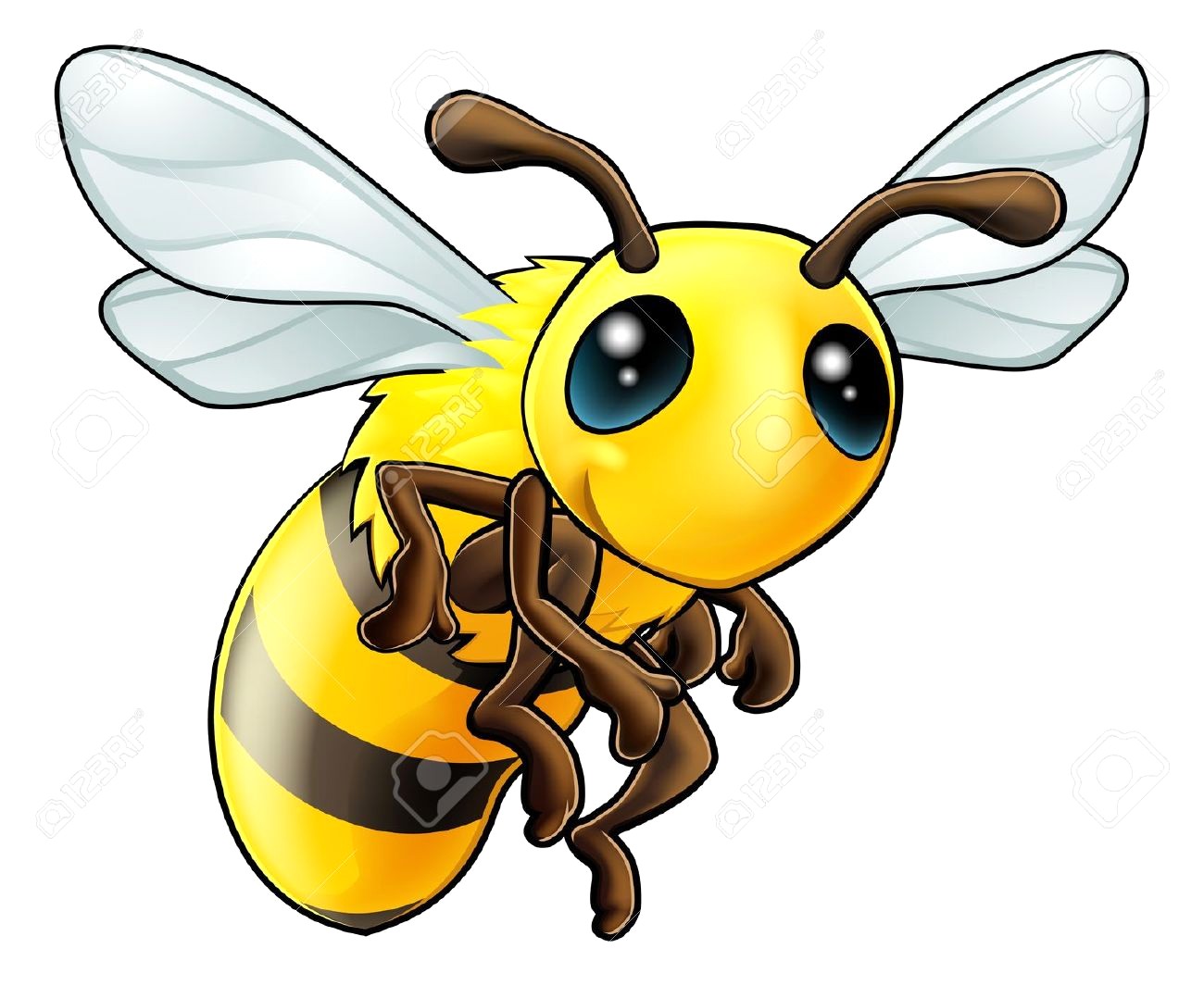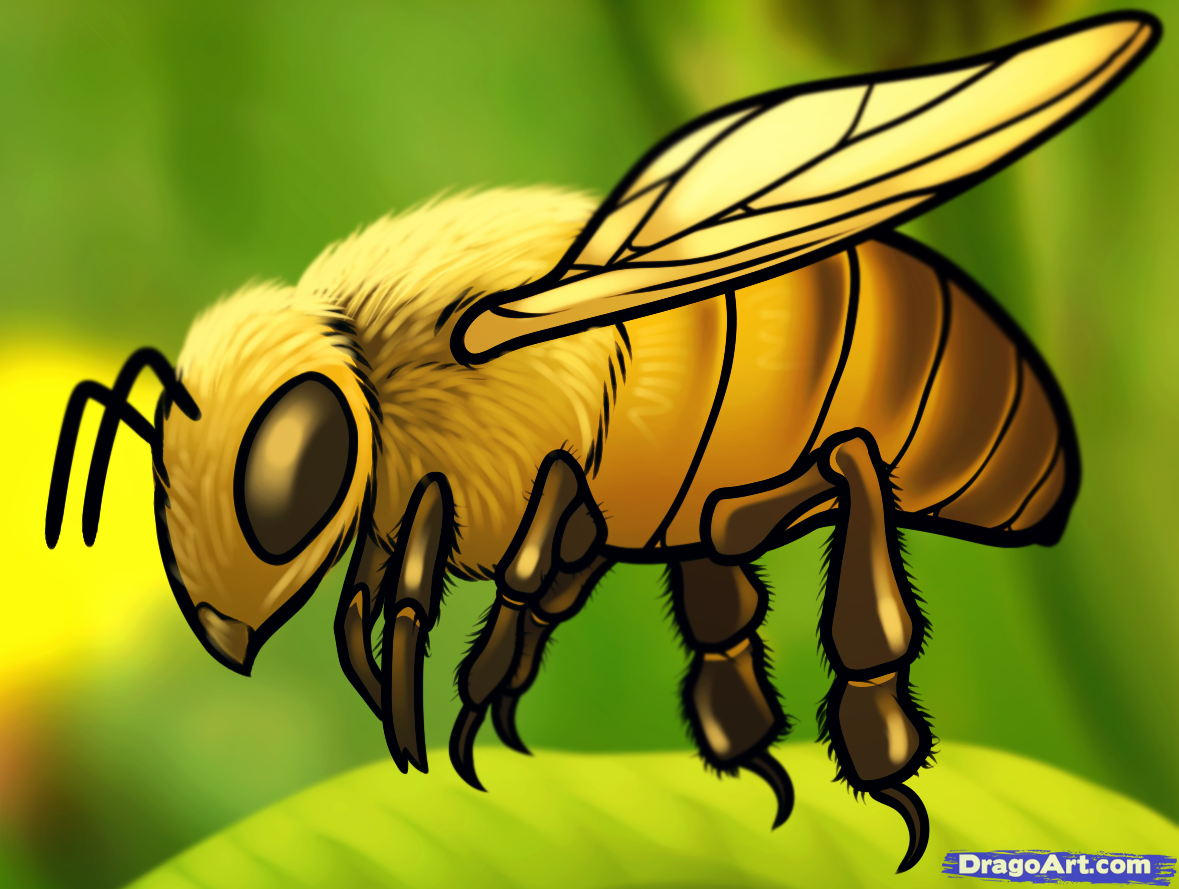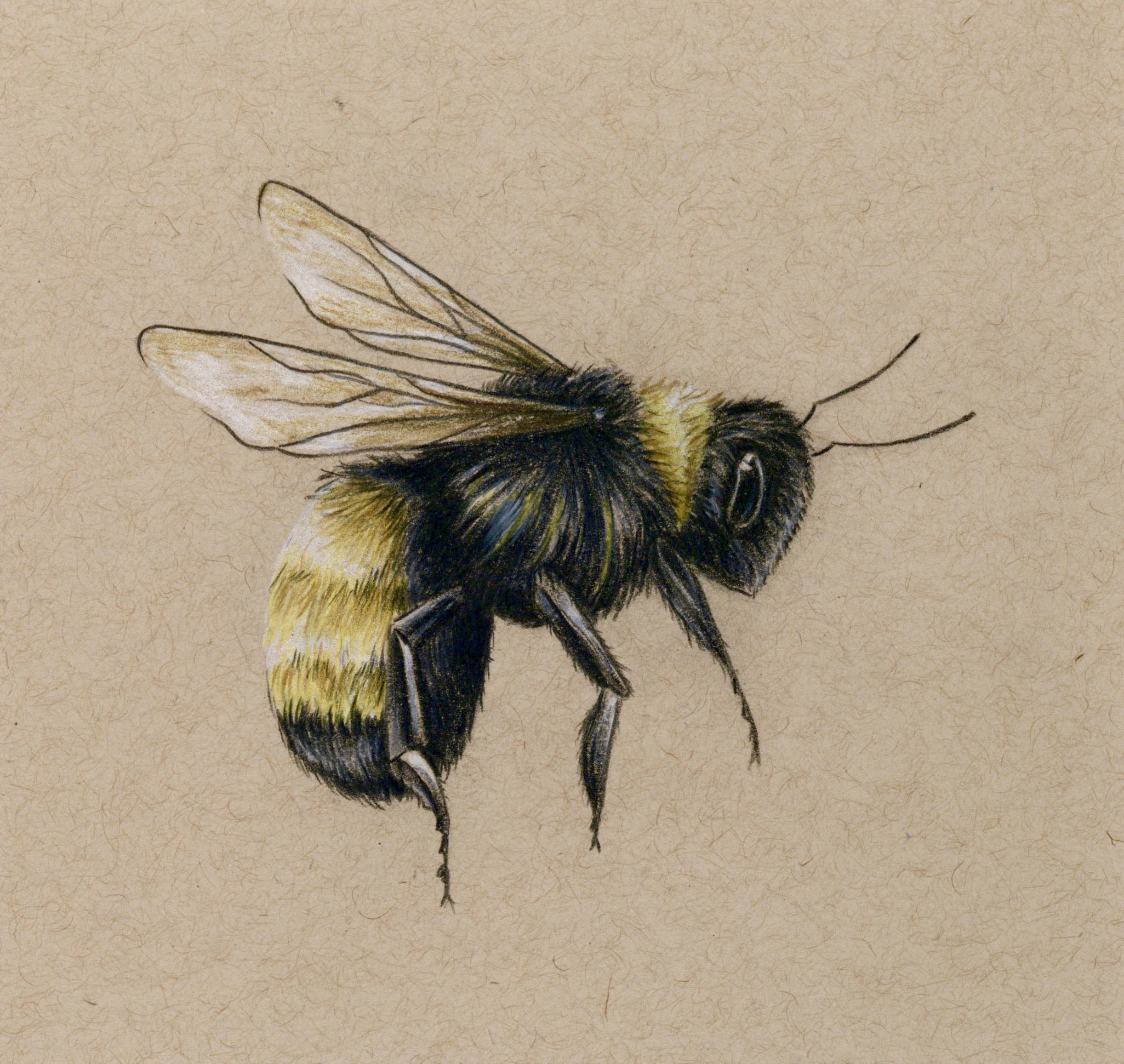Learn To Draw A Bee: Step-by-Step Guide & Tips!
Ever pondered the seemingly simple yet captivating world of drawing? The ability to translate the beauty of nature, like the delicate dance of a bee, onto paper is a skill accessible to anyone willing to learn.
I recall a particular day, etched vividly in memory, when I first embarked on the journey of capturing the essence of a bee through drawing. It was in the embrace of my garden, basking in the warmth of the sun, that the inspiration struck. A tiny bee, a speck of life buzzing with purpose, flitted past and alighted on a flower nearby. Its movements, its form all were captivating.
Driven by this sudden inspiration, I swiftly reached for my sketchbook and pencil, eager to document the bee's tiny, yet astonishing, details. The challenge of capturing its lively essence began with the initial sketch of its round body and the delicate, almost ethereal, wings.
For those seeking to embark on this artistic endeavor, the process of drawing a bee need not be as daunting as it might initially seem. The path is paved with a series of simple steps, designed to guide aspiring artists of all levels.
Before diving in, it's worth dispelling a common misconception. The notion that drawing a bee is a task reserved solely for professional artists is, thankfully, incorrect. The following guide breaks down the process into manageable, accessible segments, making the act of drawing a bee within reach of anyone willing to try.
Here's a guide of the steps:
- Start with the Head: Begin with a circle. Although a drawing compass might be useful for a perfect circle, perfection isn't essential here.
- Establish the Basic Shape: Drawing a bee can seem daunting at first. The first step is to establish its fundamental form.
- Add the Details: Incorporate elements like the body segments, legs, antennae, and wings.
- Refine the Form: Adjust the lines and shapes, paying attention to the bee's proportions and structure.
- Sketch the Sting: Add a sharp triangle at the base of the bee's body.
- Add Color and Shading: Apply color and shading to give the bee depth and a more realistic appearance.
This easy drawing tutorial is beneficial for beginners and kids. The goal is to provide a step-by-step lesson that simplifies the process, making it easy for anyone to learn how to draw a bee.
The fundamental principles of drawing, such as understanding shapes, lines, and proportions, are applicable across a multitude of artistic subjects. By mastering the techniques involved in drawing a bee, you gain a foundational understanding that can be applied to various other forms and subjects.
This easy drawing tutorial is helpful for beginners and kids, It is an easy drawing tutorial on how to draw a bee, you should start with a circle to get this started. A drawing compass for a perfect circle is recommended for a perfect circle, but in this case, the circle doesn't need to be perfect.
For those seeking to enhance their creative projects, consider exploring the vast resources available for bee-related graphics. You can find and download free graphic resources, including bee drawing vectors, stock photos, and PSD files. These resources offer high-quality images that are free for commercial use, such as on Freepik.
Creating a realistic bee drawing can be broken down into approximately 20 simple steps. Although initially challenging, with a few simple steps, you'll be able to create a buzzing masterpiece in no time. Creatives will love learning how to draw a bee in today's drawing lesson, and you can learn the fundamentals for drawing a bee.
Today, we'll learn how to draw a cartoon bee, and you can follow easy instructions and a printable guide to create your own buzzing creature.
Here is a table with information about the bee:
| Category | Details |
|---|---|
| Scientific Name | Apis mellifera (Western Honey Bee is the most common species) |
| Classification | Insecta (Class), Hymenoptera (Order) |
| Habitat | Worldwide, except for Antarctica. Primarily found in regions with flowering plants. |
| Diet | Nectar and pollen from flowers |
| Appearance | Typically have a black and yellow striped abdomen, two pairs of wings, and a hairy body. |
| Lifespan | Worker bees: 30-60 days during the active season. Queen bees: 1-5 years. |
| Social Structure | Highly social; lives in colonies with a queen, workers, and drones. |
| Role in Ecosystem | Primary pollinators of many plants, contributing to food production and biodiversity. |
| Threats | Pesticides, habitat loss, climate change, and diseases (e.g., Colony Collapse Disorder). |
| Commercial Value | Production of honey, beeswax, royal jelly, and bee venom. Pollination services for agriculture. |
| Fun Fact | Bees communicate with each other through a "waggle dance" to indicate the location of food sources. |
| Conservation Status | Varies by species; some are endangered due to habitat loss and other factors. |
Reference: National Geographic - Bees
When it comes to drawing, the use of high-quality images can be helpful. Bee drawing photos are available for download, and all pictures are free to use, with vector drawings of tree honeybees and hand-drawn insect sketches isolated on white.
These are step-by-step instructions and a printable guide to help you create your own buzzing creature. Additionally, you can learn how to draw bees of different styles and levels of difficulty, from realistic honey bees to cute and cartoon bees.
So, gather your art supplies and get ready to bring the world of bees to life on your canvas. This creative activity is perfect for artists of all ages and skill levels, and there's no limit to the imagination and artistic exploration it inspires.


